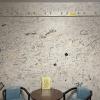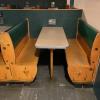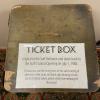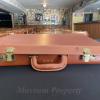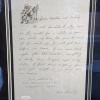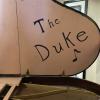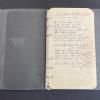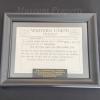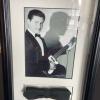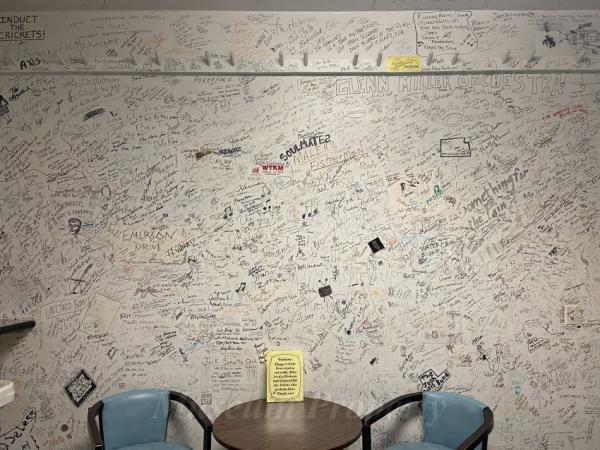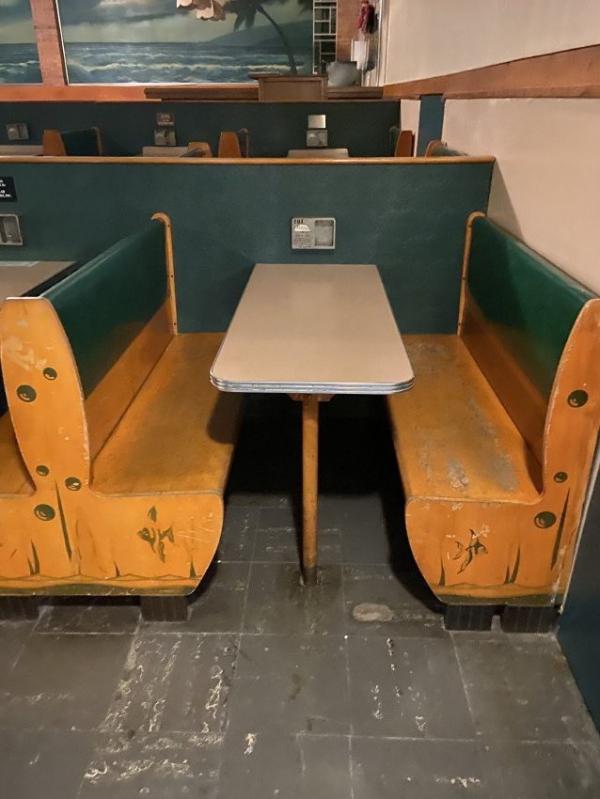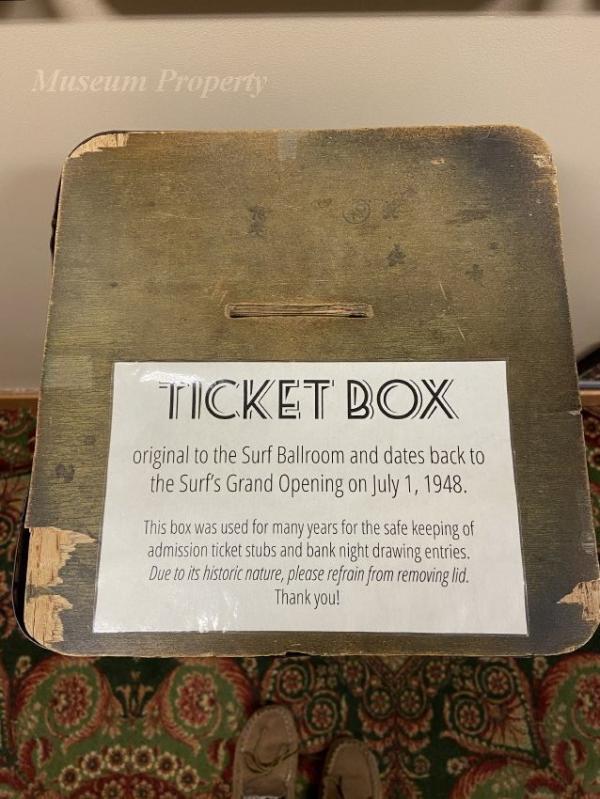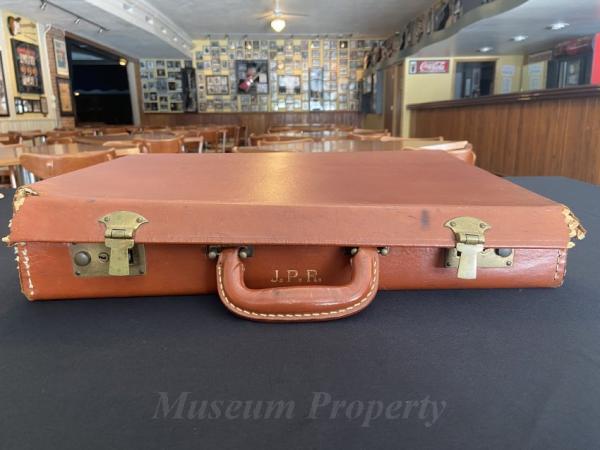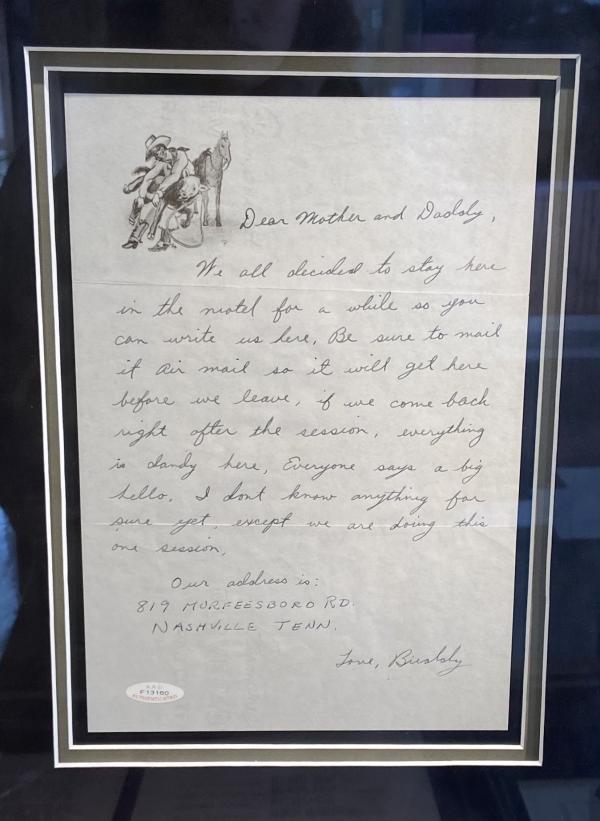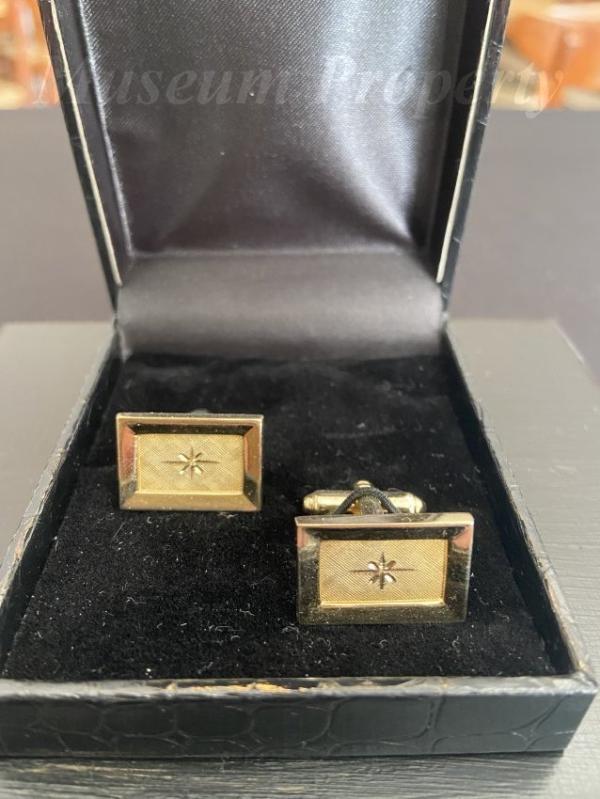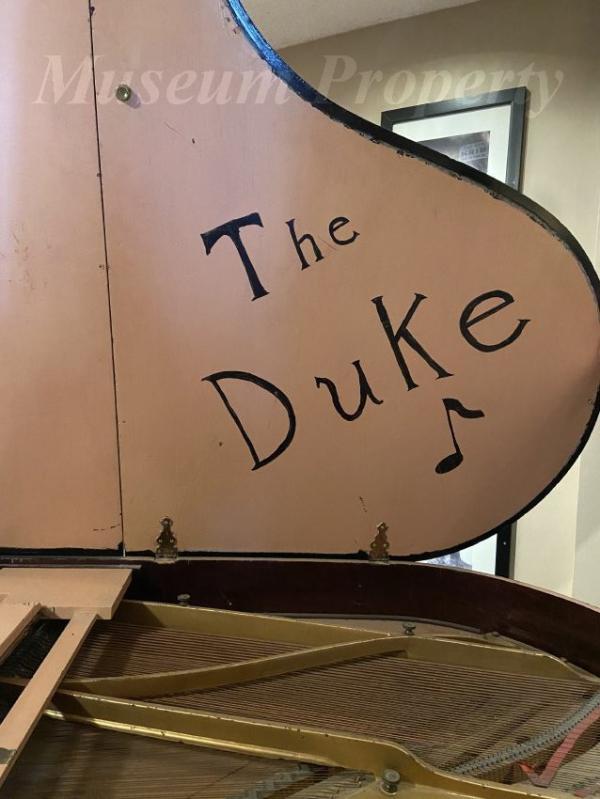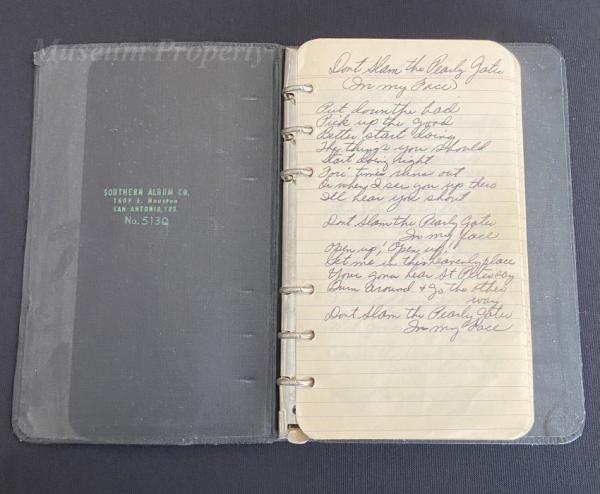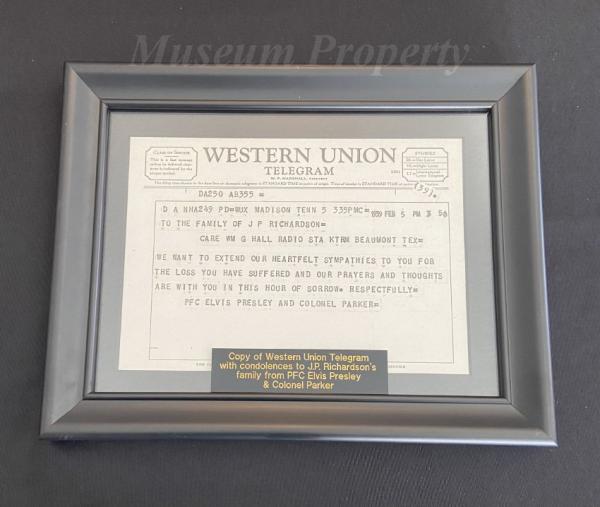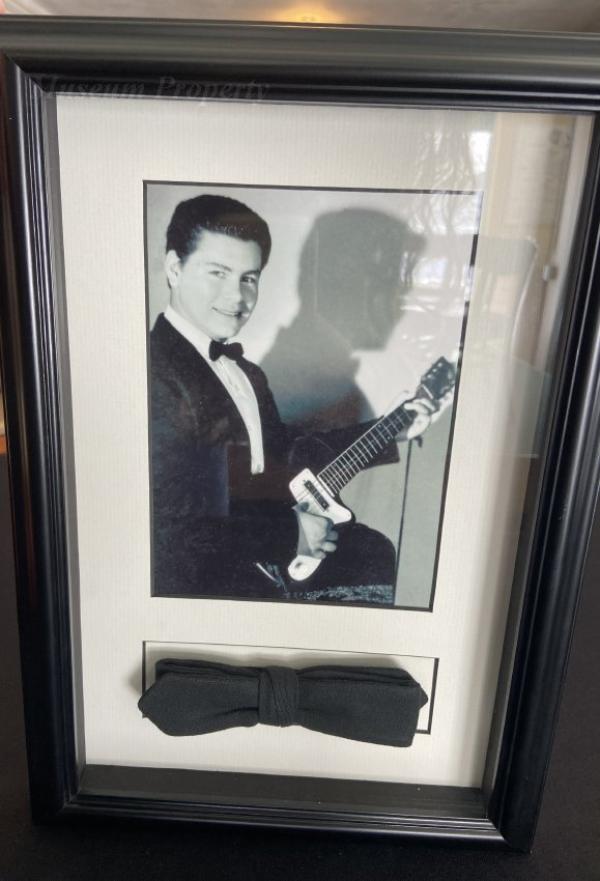Cool Cats- Learning about museums and life in the 1950's
| Grade | Kindergarten, 1st Grade | Class | Length of Lesson |
| Lesson Title | Cool Cats- Learning about museums and life in the 1950's |
| Unit Title | Cool Cats |
| Unit Compelling Question | Why are museums important? Why is the Surf Ballroom important? |
| Historical Context: To many, the Surf Ballroom is an American cultural icon as well as an important historical landmark. The original Surf Ballroom was built in 1933 and destroyed by fire in 1947. The Surf Ballroom was rebuilt in 1948, across the street from the original location. The Surf Ballroom has a capacity of 2,100 and accommodates visitors with 30,000 square feet of entertainment area, including a 6,300 square foot dance floor. It is often filled to capacity with the music of internationally known performers. The Surf got its name (and motif) from the desire of the original owners to create a ballroom that resembled an ocean beach club. The murals on the back walls were hand-painted to depict pounding surf, swaying palm trees, sailboats and lighthouses. The furnishings were bamboo and rattan and the ambience that of a south sea island. The stage is surrounded by palm trees and the clouds overhead make it seem as if you were dancing outside under the stars. On January 27, 2009, the Rock and Roll Hall of Fame and Museum (Cleveland, Ohio) dedicated the Surf Ballroom as a historic rock and roll landmark as part of the Museum's ongoing Landmark Series, which identifies locations in America that are significant to the origins and development of rock and roll. The plaque reads: "There are few buildings in existence today that represent a complete shift in our musical history. As the last concert venue for Buddy Holly, Ritchie Valens and J.P. "The Big Bopper" Richardson, the Surf is the bedrock of where the sound and attitude of rock and roll changed forever." |
|
| Lesson Supporting Question | |
| Lesson Overview | This lesson contains materials to aid teachers in teaching Preschool-1st Grade students about the history of the Surf Ballroom and its ties to the early Rock n' Roll era. This lesson will discuss what museums are, what life was like in the 1950's and how the Surf Ballroom played a role in music history. |
| Primary Sources Used |
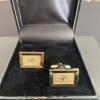 2021.002.004
2021.002.004 |
| Resources Needed | Paper, pencil, bulletin board, picture cutouts (provided), internet access, Cool Cats PowerPoint (provided), Color Code worksheet (provided), Rockin' 50's and Today Booklet (provided). |
| Standard |
|
| Lesson Target | Students will understand the purpose of museums, what people do at museums and the different types of museums. ;Students will compare life in the 1940's and 1950's to today and understand cultural differences. ;Students will gain a deeper understanding of the Surf Ballroom as well as the musicians Buddy Holly, Ritchie Valens, and J.P. 'The Big Bopper' Richardson. |
| Lesson Themes | Civil Rights, Media / Communication, Performing Arts |
|
| Formative Assessment (How will you use the formative assessments to monitor and inform instruction?) |
|
| Summative Assessment (How does the lesson connect to planned summative assessment(s)?) |
| Author | Nikki Foss | Created | Last Edited | ||||
| Reviewer: Cyndi Sweet | |||||||
| Lesson Plan Development Notes: | |||||||

